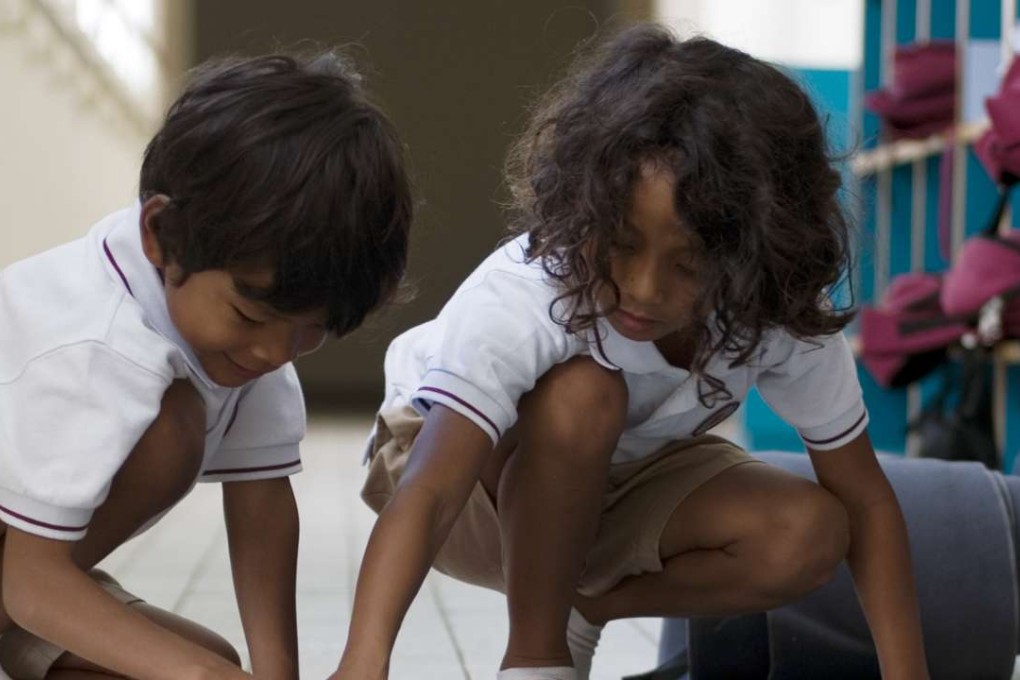How Hong Kong schools are swapping sit-in-a-chair education for a more active style
Physically active learning bolsters academic success, health and happiness – but selling the benefits to educators who are pushed for results presents challenges

When George Davis, aged 10, needs a “brain break” at school, he helps his teachers move the table and chairs around, or he pushes a trolley full of books. “Physically active learning helps George to keep focused. His teachers recognise the fact that he needs ‘heavy’ exercise and quick ‘movement’ breaks. They are flexible about his requirements and encourage him with this,” says his mother, Robyn Davis.
George attends The Harbour School in Ap Lei Chau. According to principal Christine Greenberg, the learning space is designed to encourage faculty and students to move around, brainstorm and discuss ideas. This approach has benefited every type of learner, be they mainstream, gifted or with learning difficulties, she says.
“Having worked with students from age four to 18, I have never met one who wanted to sit in a chair the entire time. I have, however, met plenty of students who like to get up for various reasons during the course of a 45- to 60-minute class. The classes I’ve observed with the strongest level of student engagement have been those where the teacher has allowed for variety, in terms of activity and movement within the class,” says Greenberg.
Given the number of children in Hong Kong that are depressed or attempt suicide, increased physical activity during the school day is worthy of immediate attention
The premise that learning should take place seated quietly at a table and listening is bizarrely archaic, says Virginia Spielmann, occupational therapist and clinical director of Spot HK Children’s Interdisciplinary Therapy Centre. She believes the emphasis on academic learning as taught through visual and auditory processing (watch the teacher and listen to the lesson) treats a complex human being in segments, rather than as an integrated whole.
